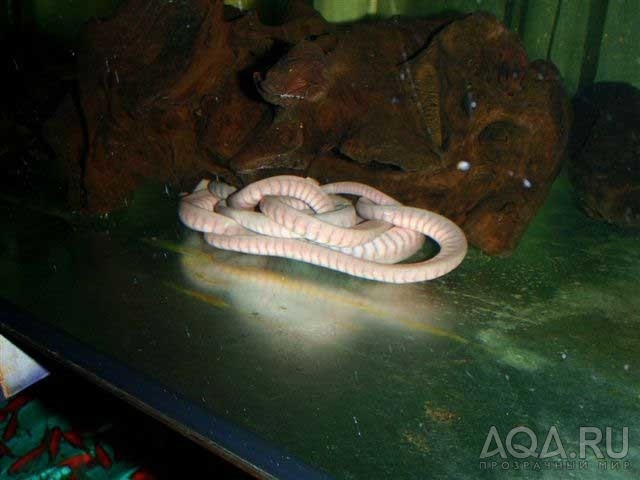Eugenia
New member
- Joined
- Jul 20, 2007
- Messages
- 19
- Reaction score
- 0
- Points
- 0
- Location
- Moscow, Russian Federation
- Country
- Russian Federation
- Display Name
- E.R.
Dear colleagues,
may I ask you to confirm that so called "(Cae.) Typhlonectes cf.ladigesi" is a some kind of synonim to Typhlonectes compressicauda?..
There is a possibility to buy animals named like this.
At the moment we have a breeding group of Typhlonectes natans (a male and several females and their young offspring).
may I ask you to confirm that so called "(Cae.) Typhlonectes cf.ladigesi" is a some kind of synonim to Typhlonectes compressicauda?..
There is a possibility to buy animals named like this.
At the moment we have a breeding group of Typhlonectes natans (a male and several females and their young offspring).



